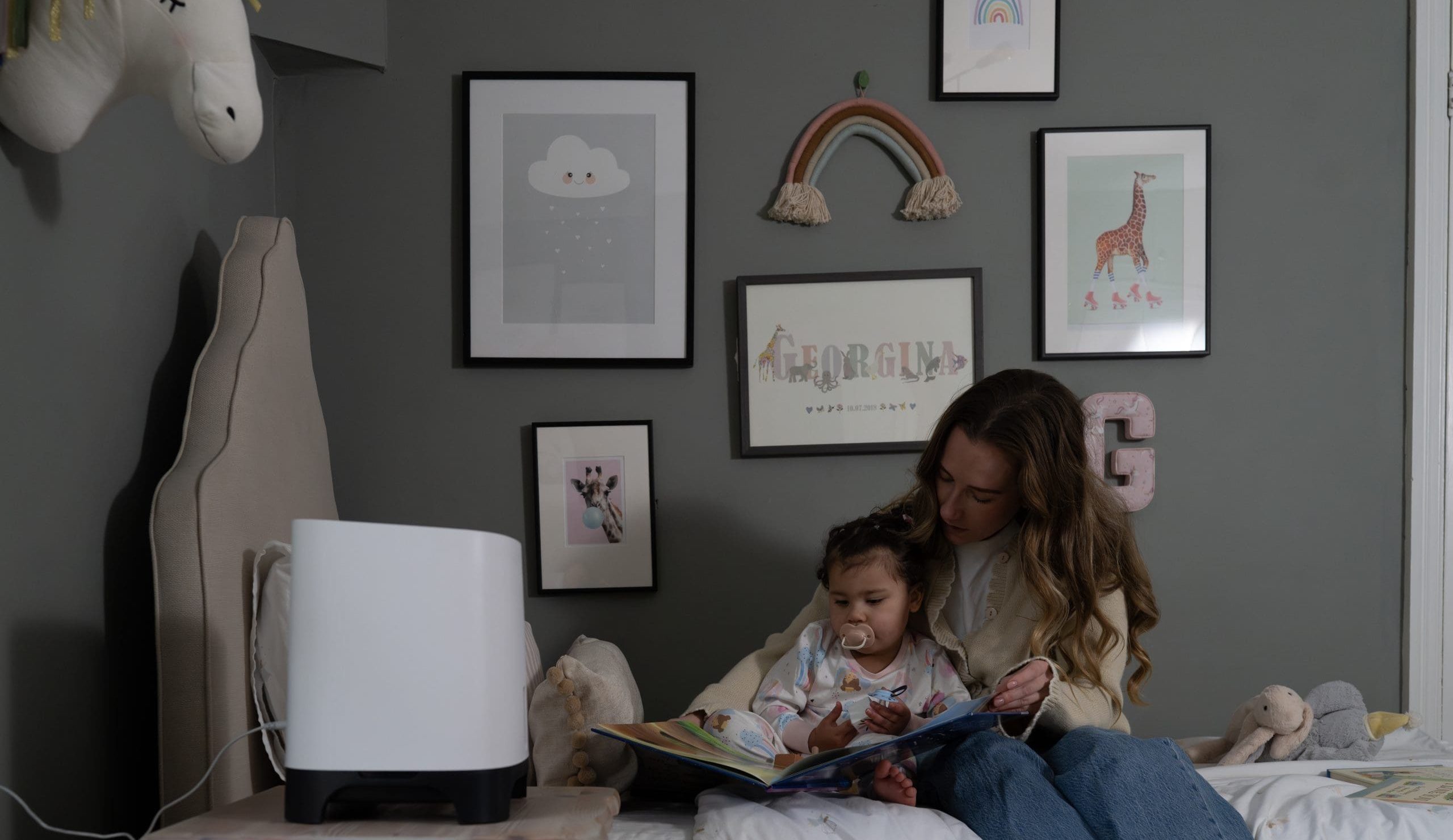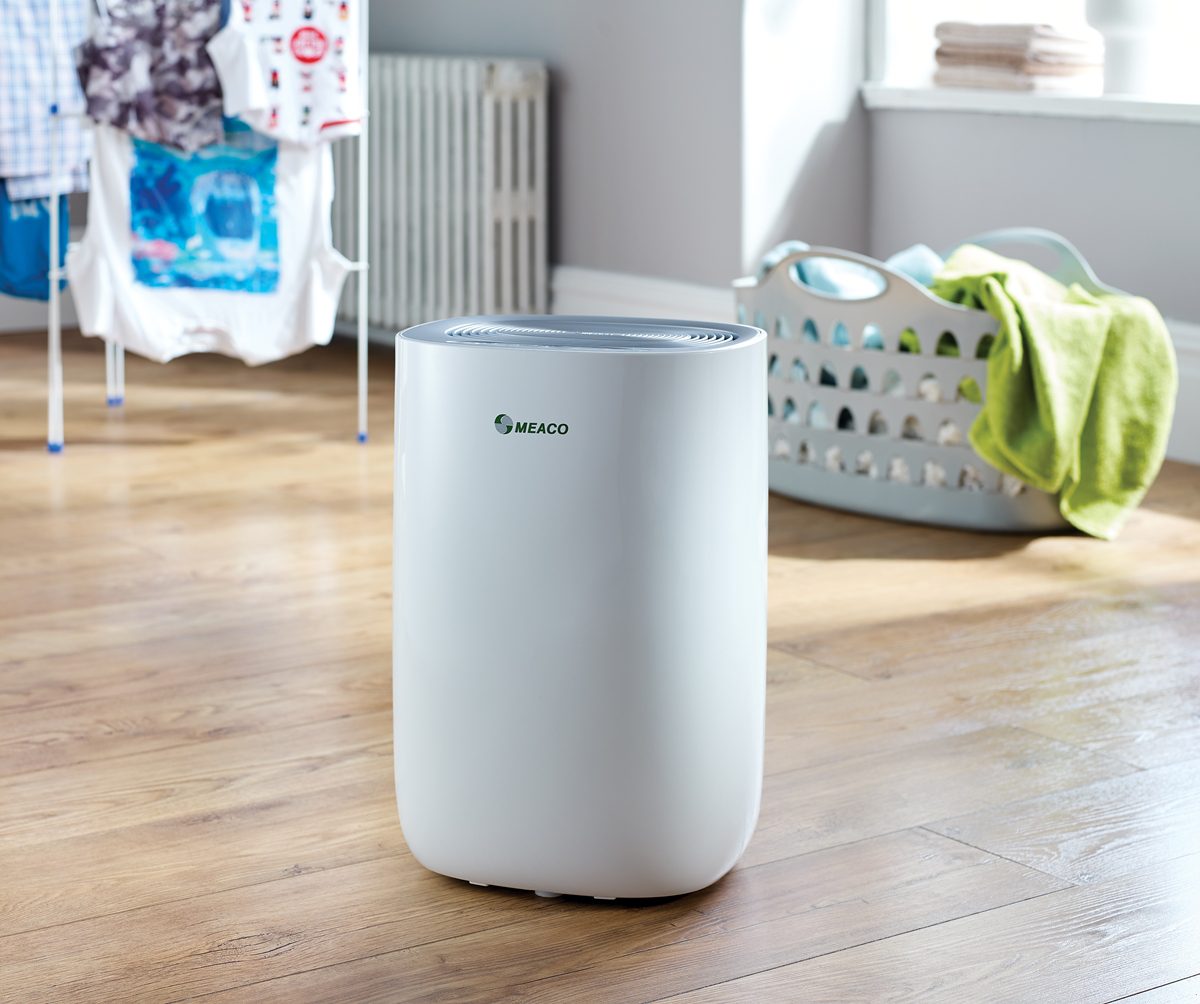There are few things more disheartening than having water damage in your home. Whether from a natural flood, a broken washing machine, burst pipes or any other water sources, water can make a lot of mess and turn your property upside down.
Water damage problems
Water can cause all sorts of damage in your home. Standing water can smell and cause structural damage. Burst pipes can cause immediate damage to decoration and furniture. Dripping water can damage electrics and cause danger to the people living or working in the property.
Repairs can be expensive, house insurance premiums can rise, and it can take a lot of time to organise repair and restoration of the affected areas. So, if you are struggling with a damaged home because of excess water, here are our top tips on how to save time and money.
Tips to manage damage caused by water
Wherever your problem, once the water recedes the hard work of clearing up begins. One of the biggest headaches is how to dry things out when plaster work and flooring has soaked up excessive amounts of water.
- Make sure all water has drained away and the source of the flooding is known and stopped.
- Clear away anything that would keep moisture or water in the area, including furniture, soft furnishings, carpets and rugs.
- Get a heat source into the room if possible.
- Hire or buy a dehumidifier to speed up the drying process
A desiccant dehumidifier is best for cold damp conditions, as they work especially well at low temperatures, have a consistent water extraction rate and emit heat as part of the desiccant process.

The best-selling, award winning Meaco DD8L Zambezi is particularly good at working to temperatures as low as one degree. With its large airflow and extraction rate, it’s ideal for drying out flooded garages, hallways, basements, conservatories or any other any affected space.
For particularly badly flooded properties consider one of our Commercial Dehumidifiers. These are designed for demanding applications where a stronger dehumidifier is required to dry either the fabric of a building or goods being stored. The Meaco 50Lm Building Dryer, which has been developed specifically to remove flood water, has an inbuilt pump that enables it to extract up to 50 litres of water per day.
How to treat water damage with a dehumidifier
Our Managing Director, Chris Michael, tells us how to get the most from a dehumidifier when tackling major water damage.
- Place the dehumidifier on a level surface.
- Drain the water away using a hose, preferably into a sink.
- Use as little hose as possible and don’t leave excess curled up in the sink. Too much hose will create a negative air pressure and the water will not flow down the hose, the tank will fill, and the dehumidifier will turn off.
- Use heat to increase the air temperature in the room and fans to blow into the saturated space. This encourages water molecules to leave the damp walls and floors. Keeping the doors closed and working on a room by room basis also makes sense.
- Seal the space up the best you can. You don’t want to be dehumidifying the whole of Britain.
If you would like advice on whether a domestic or commercial dehumidifier would be best suited for your needs, please get in touch. Our team has helped thousands of customers to solve damp and humidity related issues at home and in the workplace. Call us on 01483 234900 or email: sales@meaco.com
Products featured: Meaco DD8L Zambezi






